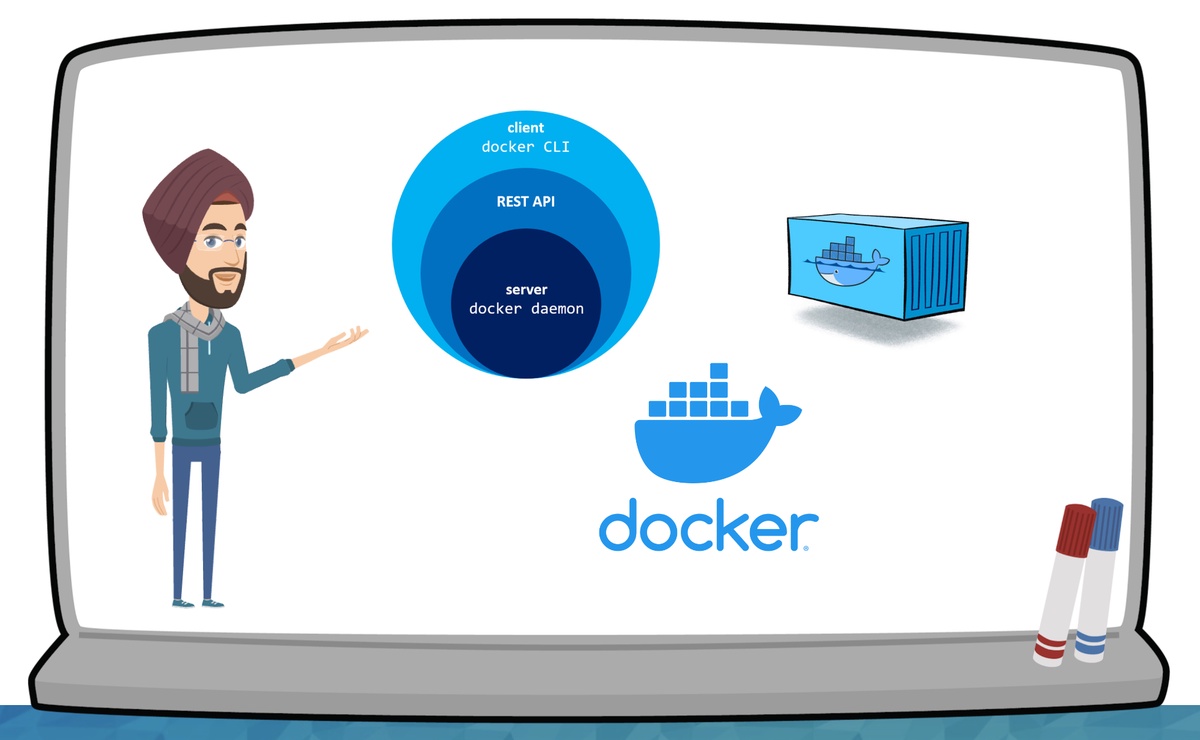Latest Docker Desktop for Windows is an essential tool for developers, offering a seamless way to build, share, and run containerized applications right from a Windows machine. However, like any complex software, users may encounter start-up failures that can halt their workflow. This guide aims to demystify common issues and provide clear solutions to get Docker Desktop up and running on Windows
Understanding the Basics
Before diving into troubleshooting, it's crucial to understand that Docker Desktop for Windows relies on virtualization technologies such as Hyper-V or WSL 2 (Windows Subsystem for Linux version 2). Ensuring your system supports these technologies is the first step in resolving start-up issues.
Check System Requirements
- Windows Version: Docker Desktop requires Windows 10 Pro, Enterprise, or Education (Build 15063 or later) for Hyper-V and Windows 10 version 2004 or higher for WSL 2.
- Hardware Virtualization: Ensure your BIOS/UEFI settings have hardware virtualization enabled (VT-x for Intel processors and AMD-V for AMD processors).
- WSL 2 Installation: For a smoother experience with Linux containers, installing WSL 2 is recommended. Verify it's enabled and set as the default version.
Common Start-Up Issues and Fixes
Docker Desktop Won’t Start
Symptom: Docker Desktop fails to launch or hangs during startup.
Fixes:
- Restart Docker Service: Sometimes, the Docker service may not start correctly. Open the Windows Services manager (
services.msc), locate the Docker service, and restart it. - Reset Docker Desktop: Use the reset feature within the Docker Desktop settings to restore default settings without losing important data.
- Reinstall Docker Desktop: Uninstalling and then reinstalling Docker Desktop can resolve corrupted installations.
Virtualization Support Error
Symptom: Error messages indicating that virtualization support is disabled or not available.
Fixes:
- Enable Virtualization in BIOS/UEFI: Restart your computer and enter the BIOS/UEFI settings to enable hardware virtualization.
- Check Hyper-V and WSL 2 Status: Ensure Hyper-V (for Windows containers) and WSL 2 (for Linux containers) are enabled. Use Windows features to enable or disable these features as needed.
WSL 2 Backend Errors
Symptom: Errors related to WSL 2, such as it not being installed or issues with the Linux kernel.
Fixes:
- Install or Update WSL 2: Follow Microsoft's guide to install or upgrade to WSL 2. Ensure you also have the latest Linux kernel update package installed.
- Set WSL 2 as Default: Use the command
wsl --set-default-version 2to ensure WSL 2 is the default version.
Networking Conflicts
Symptom: Docker Desktop starts, but containers cannot access the network.
Fixes:
- Check Firewall and Antivirus Settings: Ensure Docker Desktop is allowed through the firewall. Antivirus software might also need adjustments to allow Docker network traffic.
- Reset Network Settings: Use Docker Desktop's settings to reset the network to default, which can resolve conflicts with existing network configurations.
Resource Allocation
Symptom: Docker Desktop starts but is extremely slow or unresponsive.
Fixes:
- Adjust Resources: Docker Desktop allows you to configure the amount of CPU, memory, and disk resources allocated to it. Increasing these resources can improve performance.
- Check for Running Containers: Excessive or resource-heavy containers can slow down Docker Desktop. Use the Docker CLI to stop unnecessary containers.
Advanced Troubleshooting
If the above solutions don't resolve the issue, consider:
- Checking Docker and System Logs: Logs can provide clues to the underlying issue. Docker logs are available within the Docker Desktop application, and system logs can be viewed in the Event Viewer.
- Consulting Docker Forums and GitHub Issues: The Docker community is active, and it's likely someone has encountered and solved a similar issue.
Conclusion
Start-up failures with Docker Desktop on Windows can stem from a variety of issues, from virtualization support to resource conflicts. By systematically checking system requirements, ensuring proper configuration, and applying targeted fixes, most problems can be resolved. Remember, the Docker and developer communities are invaluable resources when troubleshooting complex issues.


No comments yet